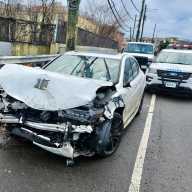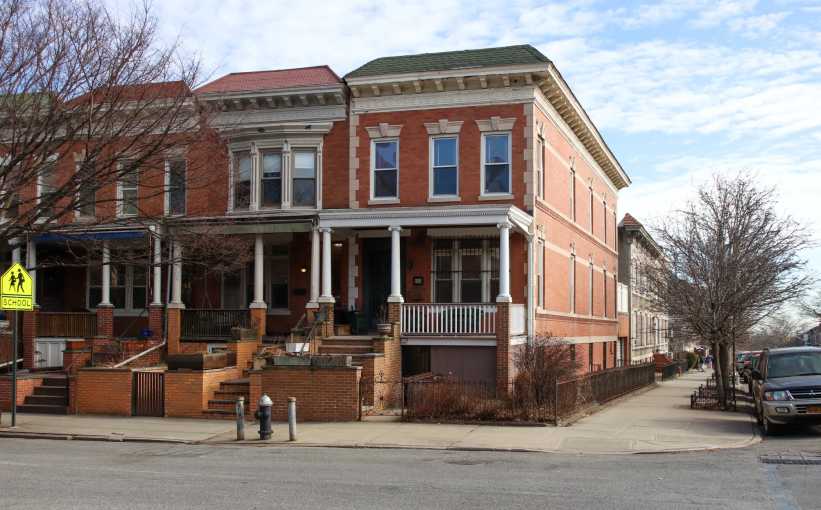As the band played and children danced in front of the microphones, police and community residents shook hands and shared smiles in an attempt to blur the thin blue line.
During the 24th annual Night Out Against Crime - a national initiative to get police and residents together in an informal setting - the 102nd Precinct met with the residents who they protect to have fun and discuss ways to stay safe.
“[The residents] realize [the police] are just like us,” said 102nd Precinct Community Council President Maria Thompson, who organized the event. “They are just human beings.”
The 102nd Precinct - which covers Woodhaven, Ozone Park, Richmond Hill, and Kew Gardens - held their event in Forest Park last week, and 50 people came out to interact with those who protect them.
“It permits residents of the community to see a commitment to fight crime,” said Frederica Jeffries, Supervising Assistant District Attorney for the Queens’ DA office.
Jeffries said the neighborhoods represented by the 102 are rich in community, so officials know residents will come to them if they have a problem. Still, she explained, an event like the Night Out benefits the community by allowing law officers and locals to get to know each other outside an official setting.
The event also helps the DA’s office get to know members of the community on a one-on-one basis.
“They’re not just there to be cops,” said Woodhaven resident Teresa Ferraro.
When asked what the best part of being at the picnic was, Ferraro pointed to an elderly couple dancing.
“That right there is the best part,” she said. “It’s nice to see people be people, not rushing in and out of stores.”
“I like that everyone comes out here and mixes it up,” said John Gioia, lead singer for Dot Baker, the band that played during the gathering. “I wish more people came out here.”
Gagandip Singh said he and his father were asked by organizers to bring their native Indian dish, Curry, to share at the event.
“It helps other people get to know us,” said Singh.
Singh said getting all the communities together helps create a bond between the residents. The function helps everybody seem less like strangers, he said.
































